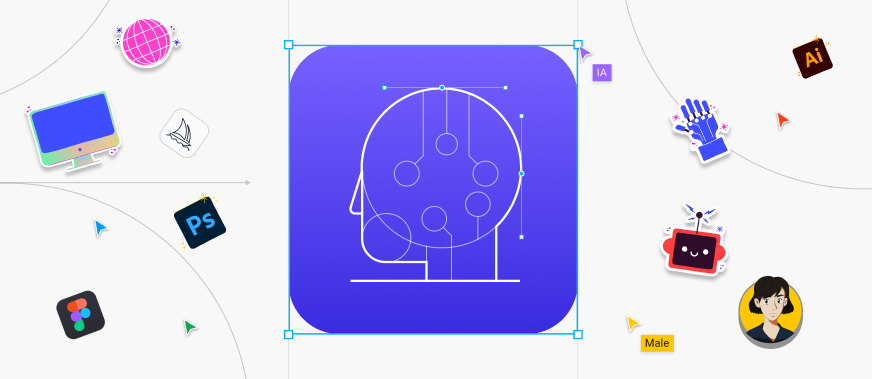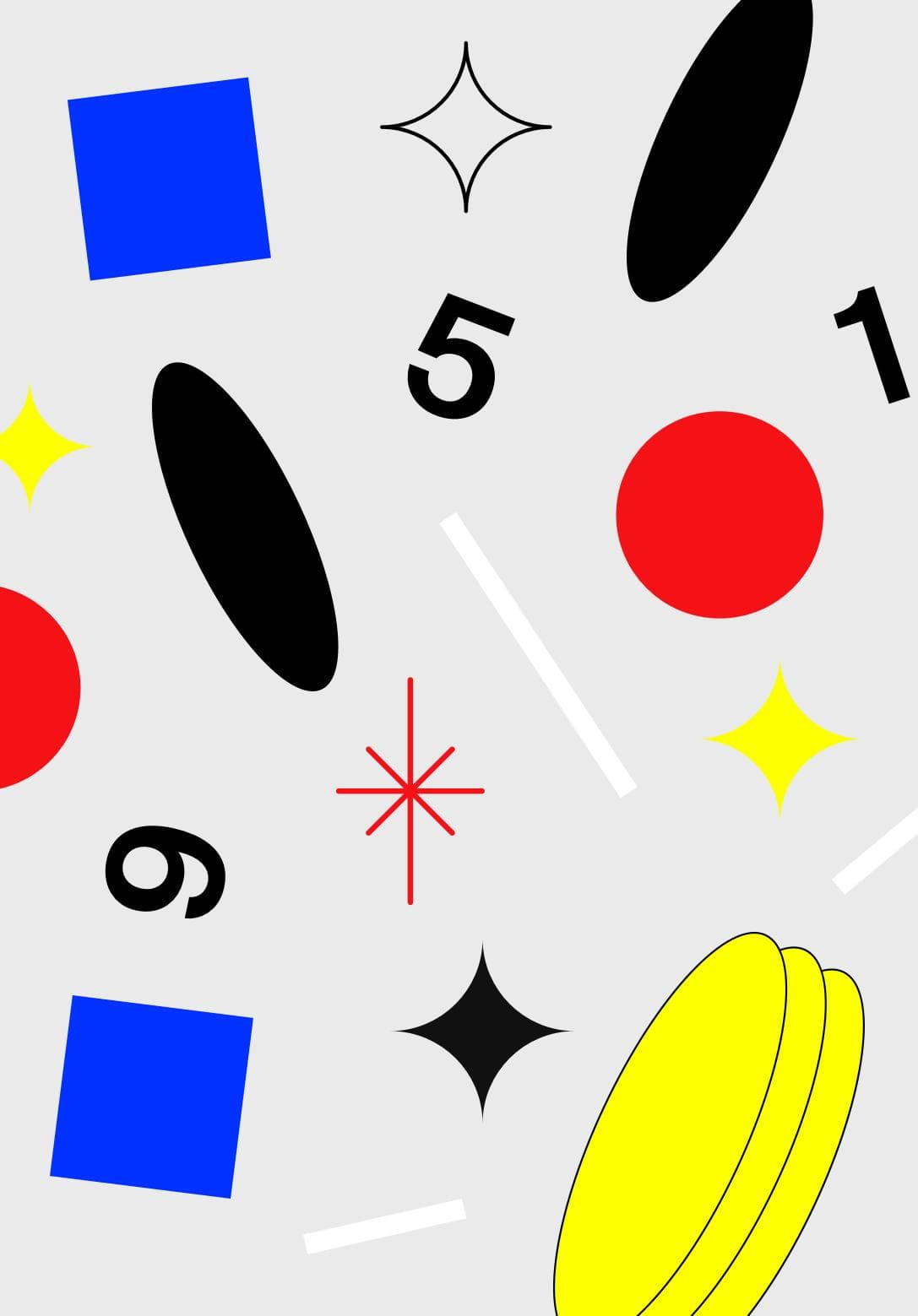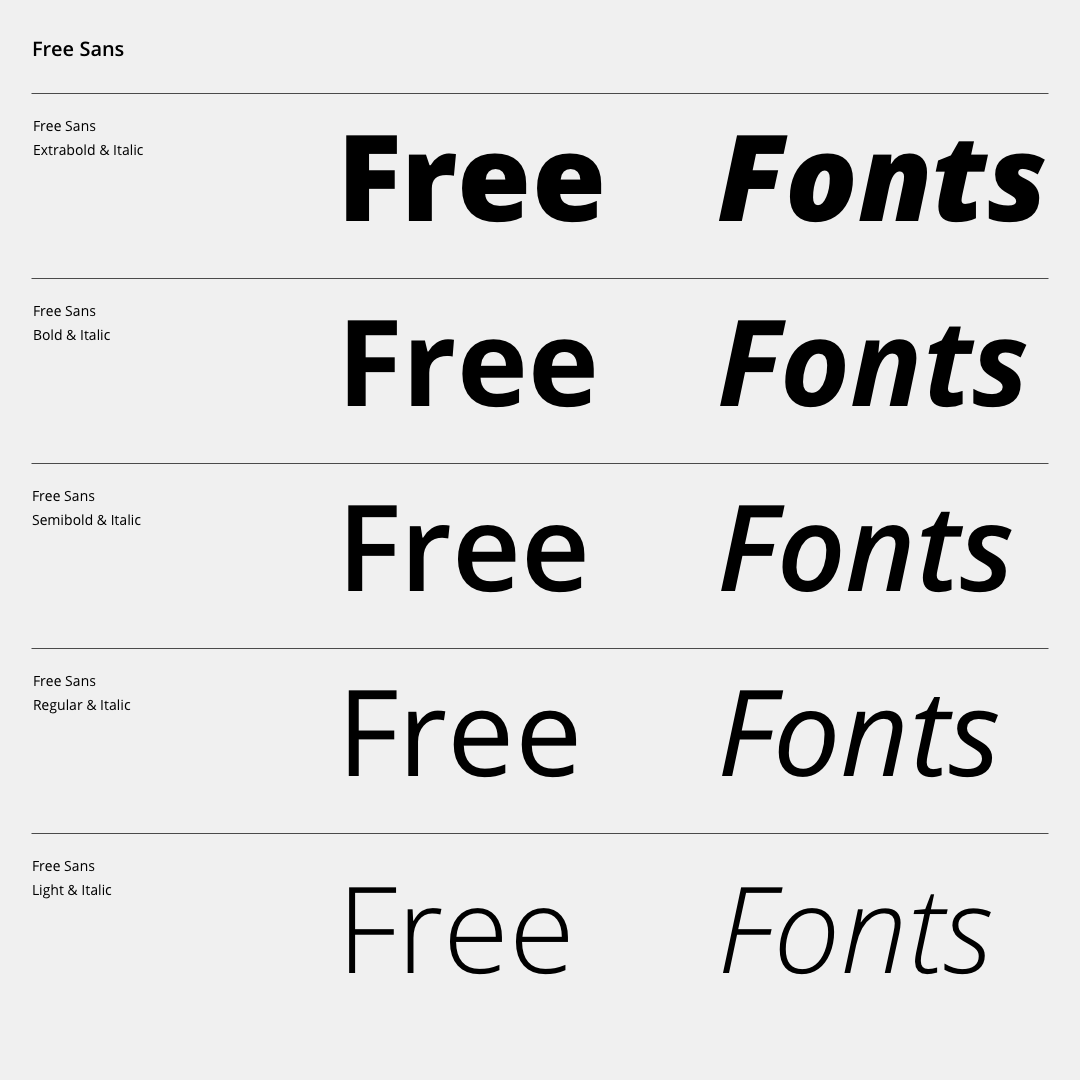Embracing the Future: How AI Transforms the UX/UI Design Discipline
As technology continues to advance at an unprecedented pace, the field of user experience (UX) and user interface (UI) design is evolving alongside it. One of the most transformative forces on the horizon is artificial intelligence (AI).
In this article, we explore the potential impact of AI on the UX/UI design discipline and how design agencies, like us, can incorporate AI into their workflow to stay at the forefront of innovation.
Data-Driven Insights: AI-powered tools enable design agencies to extract valuable insights from vast amounts of user data. By leveraging AI algorithms, designers can identify patterns, understand user behavior, and make informed design decisions. This data-driven approach enhances the understanding of user needs, preferences, and pain points, ultimately leading to more effective and user-centric designs.

One example of an AI tool that can be used for streamlined prototyping and iteration in design is Framer. Framer is a design and prototyping tool that incorporates AI technology to automate certain design tasks, such as generating interactive prototypes and animations. It allows designers to quickly iterate and test design variations, saving time and enhancing the overall design process.
Streamlined Prototyping and Iteration: AI can revolutionize the prototyping process by automating certain tasks. Design agencies can utilize AI tools to generate design prototypes and variations rapidly, allowing for quick iterations and reducing time-to-market. This streamlined process empowers designers to focus on creativity and strategic aspects of the design, fostering innovation and agility.

Another example of an AI tool for streamlined prototyping and iteration in design is Sketch2React. Sketch2React utilizes AI algorithms to convert design files from Sketch into interactive and responsive prototypes. It automates the process of generating code and allows designers to quickly iterate and test different design concepts. This AI-powered tool enhances collaboration and efficiency in the prototyping phase, enabling designers to focus on the creative aspects of their work.
Design Automation: Repetitive design tasks can be time-consuming and tedious. AI comes to the rescue by automating these tasks, such as resizing images, formatting content, or generating design assets. By integrating AI-powered design automation tools into the workflow, design agencies can optimize productivity, efficiency, and resource allocation.
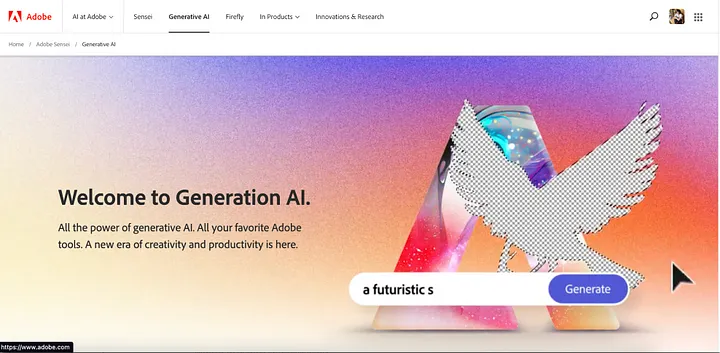
Another example of an AI tool for design automation is Adobe Sensei. Adobe Sensei is an AI-powered technology integrated into Adobe Creative Cloud applications. It offers a range of automated features and intelligent tools that assist designers in various tasks. For instance, Sensei can automatically remove backgrounds from images, suggest font pairings, intelligently crop and resize images, and enhance photo quality using advanced algorithms. By leveraging Adobe Sensei, designers can streamline their workflow, speed up repetitive tasks, and enhance the overall efficiency and quality of their designs.
Personalization and Customization: AI-driven personalization is changing the game for user experiences. Design agencies can leverage AI algorithms to analyze user data and deliver tailored content, recommendations, and interfaces. This level of personalization enhances user engagement, satisfaction, and loyalty, ultimately driving business growth.

One example of an AI tool for user testing and feedback is UserTesting. UserTesting utilizes AI technologies to provide design agencies with remote user testing capabilities. Through UserTesting, designers can create tasks and scenarios for users to perform while their interactions are recorded. AI algorithms analyze the user testing sessions to extract insights, such as user sentiment, usability issues, and feedback. This AI-driven approach to user testing enables design agencies to gather valuable feedback and make data-informed design decisions for iterative improvements.
Conversational Interfaces: Conversational interfaces, powered by AI technologies like natural language processing and chatbots, offer exciting possibilities for UX/UI design. These interfaces enable users to interact with services through voice commands or text-based conversations, providing intuitive and interactive experiences. Design agencies can explore the potential of conversational AI to create more human-like and engaging interfaces.
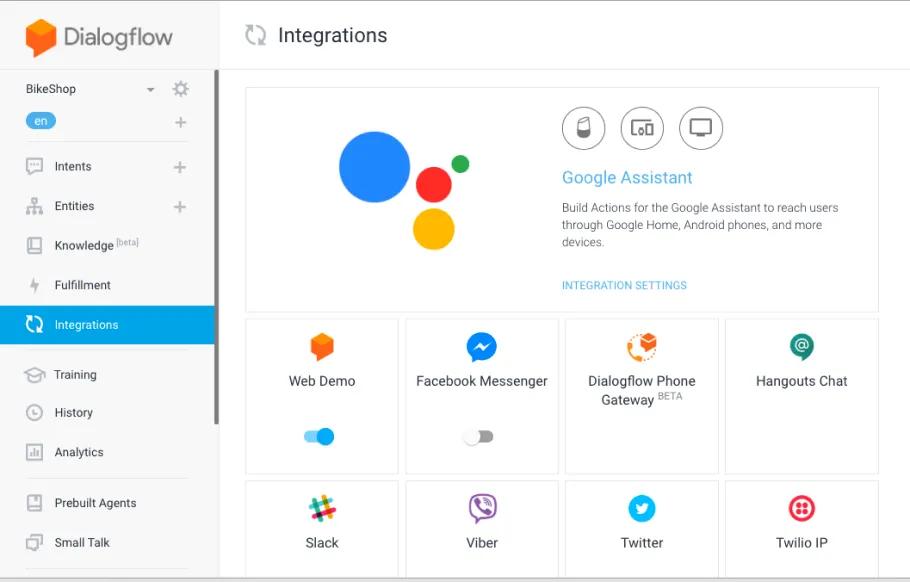
Dialogflow, developed by Google, is a natural language understanding platform that enables design agencies to build chatbots, voice assistants, and other conversational interfaces. It leverages AI technologies to process and understand user inputs, allowing for intelligent and context-aware interactions. With Dialogflow, design agencies can create conversational experiences that mimic human-like conversations, providing users with intuitive and interactive interfaces.
User Testing and Feedback: AI can revolutionize user testing and feedback collection processes. By leveraging AI-powered tools, design agencies can analyze user feedback, sentiment, and behavior at scale. This data-driven approach provides valuable insights into user satisfaction, pain points, and preferences, enabling designers to continuously improve and refine their designs
UserTesting: utilizes AI technologies to provide design agencies with remote user testing capabilities. Through UserTesting, designers can create tasks and scenarios for users to perform while their interactions are recorded. AI algorithms analyze the user testing sessions to extract insights, such as user sentiment, usability issues, and feedback. This AI-driven approach to user testing enables design agencies to gather valuable feedback and make data-informed design decisions for iterative improvements.
Ethical Considerations: As we embrace AI in design, it is crucial to address ethical considerations. Design agencies must ensure transparency, privacy, and fairness when utilizing AI technologies. By incorporating ethical frameworks and guidelines, designers can build trustworthy and inclusive AI-powered experiences.

While there isn’t a specific AI tool solely dedicated to ethical considerations in design, there are AI-powered platforms and resources that can assist design agencies in addressing ethical concerns. One example is the Responsible AI Design Toolkit developed by Microsoft. This toolkit provides guidelines, best practices, and design principles for integrating ethics into AI-driven design processes. It offers practical insights and resources to help design agencies navigate ethical considerations and ensure the responsible use of AI technologies in their designs.
So the key question is: Are designers going to lose their jobs?
Of course NOT. There is going to be a shifting in the field and how we work. But, AI is not going to replace human intelligence. The integration of AI into the UX/UI design discipline presents immense opportunities for design agencies like us. By embracing AI, agencies can leverage data-driven insights, streamline processes, personalize experiences, and deliver exceptional designs.
However, it is important to approach AI integration responsibly, considering ethical implications, data privacy, and inclusivity. By staying informed about AI advancements, experimenting with new tools, and continuously learning, design agencies can harness the power of AI to create transformative and innovative user experiences.
Remember, the future of UX/UI design is being shaped by AI, and as a design agency, embracing this transformative technology will position you at the forefront of the industry, ready to deliver outstanding design solutions to your clients.
FLAMBEE
Let's kick off your next project together!
team@flambee.co
The text and graphic content of the website belongs to Flambee and cannot be used by other resources without our permission and without the link to the source.

